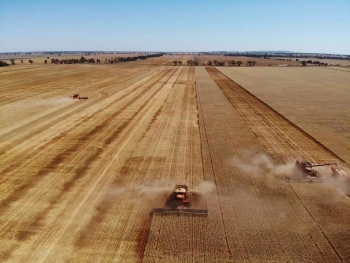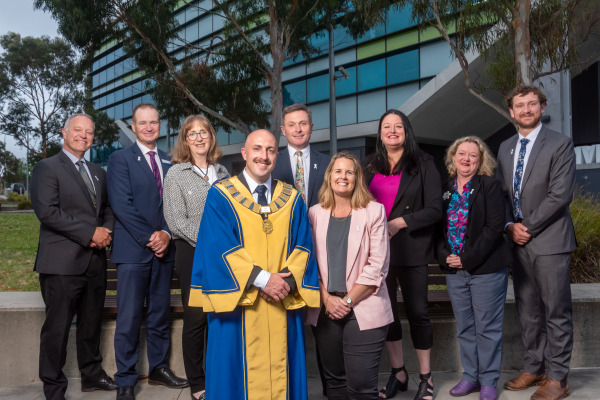
GRDC and CRDC drive agricultural investment and innovation to the tune of almost $5m
The Grains Research and Development Corporation (GRDC) and Cotton Research and Development Corporation (CRDC) have facilitated two new to address some of the biggest challenges facing Australian agriculture.
In partnership with the Department of Industry, Science, Energy and Resources (DISER), the initiatives were developed to drive investment and innovation, with potential to create new markets for by-products and to enhance the sustainability of grain and cotton farms. Rolled out in two phases, successful applicants from the first feasibility study phase will each receive $1 million to develop a ‘proof of concept’ for two transformative agricultural challenges:
1. Transforming crops into renewable hydrogen sources (GRDC) – aiming to discover ways to generate hydrogen for renewable fertiliser production through recycling farm biomass, potentially generating significant advantages for the nation’s grains industry. The challenge invited four companies to develop feasibility studies with the companies initially being awarded $100,000 each.
The two companies chosen for the proof of concept phase were:
- (QLD), recognised for its development of a commercial process of converting crop residues to hydrogen.
- (NSW), recognised for designing a bacteria engineering process that supports the conversion of sugars from biowaste to hydrogen.
2. Revolutionising spray applications to reduce drift (CRDC) – focusing on the challenge of pesticide spray drift. The goal was to discover ways to reduce off-target spray drift, and so improve the efficacy of the application and avoid damage to the surrounding environment. The challenge invited six companies to develop feasibility studies with the companies each being awarded between $89,000 and $100,000.
The two companies chosen for the proof of concept phase were:
- (QLD), recognised for developing a system for robots to make informed, autonomous decisions on pesticide application.
- (NSW), recognised for its creation of an easy to use, globally scalable and real-time spray application feedback system, which utilises artificial intelligence technology.
Roop Judge, Manager Business Development & Commercialisation – West (GRDC) says DISER’s Business Research and Innovation Initiative (BRII) has provided an innovative R&D pathway for the grains and cotton industries to tackle two major agricultural issues.
“Through our partnership with the BRII program, GRDC and CRDC have collectively secured almost $5 million in additional investment from the Australian Government to help capitalise on the opportunity of renewable hydrogen sources, and overcome the challenge of off-target spray drift,” Ms Judge said.
“This investment is being made in innovative small to medium Australian businesses, who have demonstrated their ability to create tangible solutions through new products and technologies.”
Allan Williams, CRDC’s General Manager of R&D Investment says the benefits of the partnership with BRII and GRDC will be far reaching.
“The BRII investment has not only supported the ten initial businesses and four successful ones – but critically, also provides distinct benefits for our two industries, the wider agricultural sector and the environment. Commercialising a renewable hydrogen source and solving the problem of spray drift will have positive impacts for our growers, our communities, and our environmental sustainability,” Mr Williams said.
The Department of Industry, Science, Energy and Resources started the in 2020 and provides $12 million annually in funding to solve five environmental challenges.
Over the course of the two challenges, GRDC and CRDC have facilitated almost $5 million of investment into Australian agricultural innovation. $987,009 of investment in feasibility studies was awarded across ten companies in January 2021. A further $4 million was awarded across four companies in September 2021 to develop a ‘proof of concept’.








